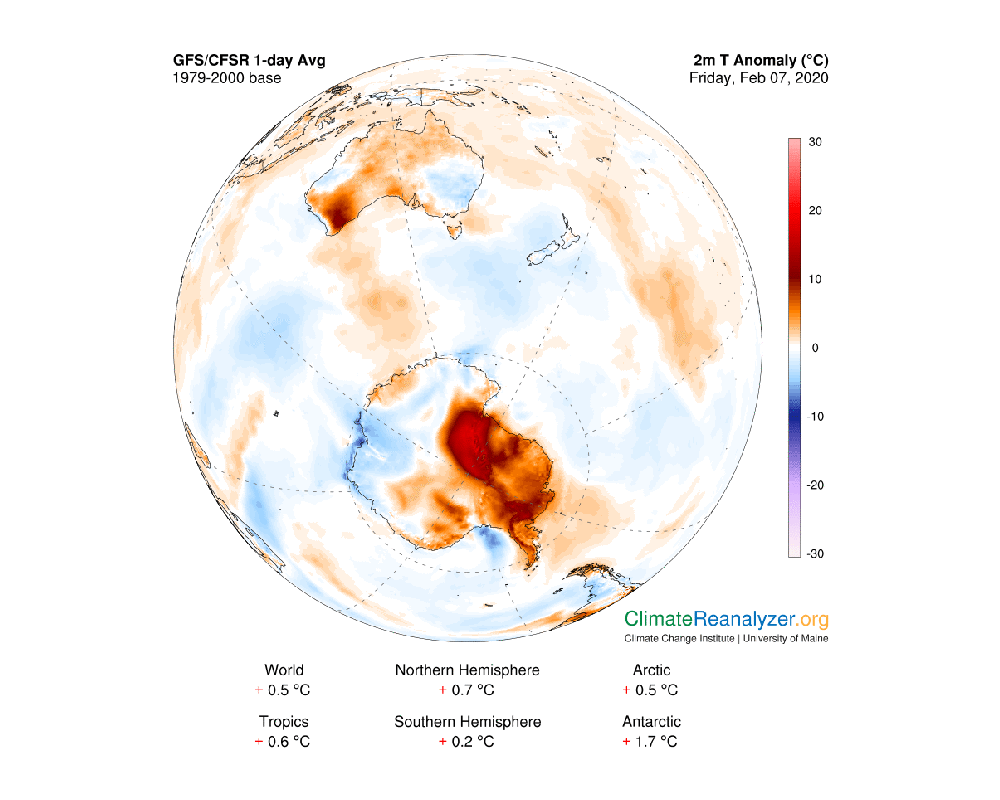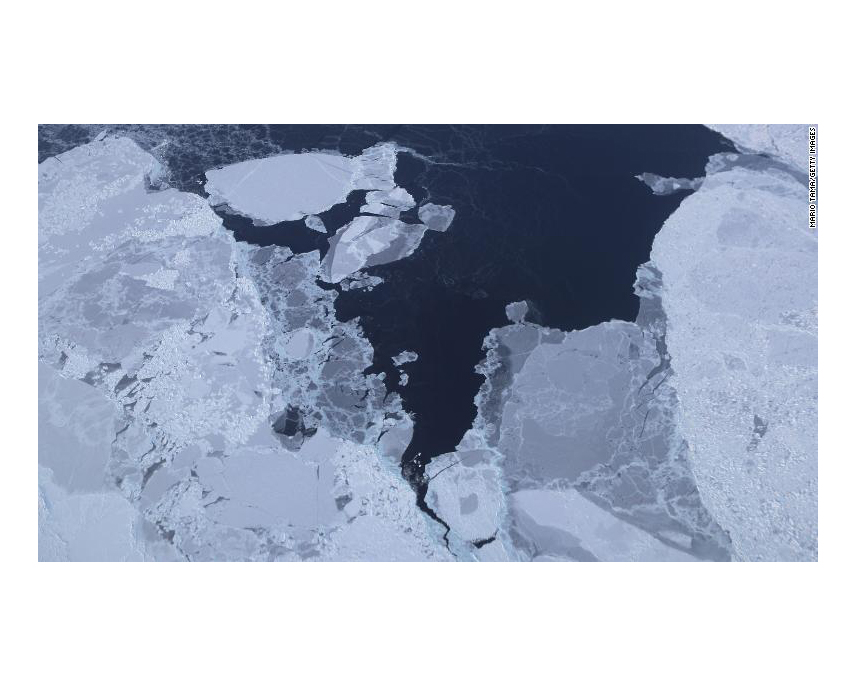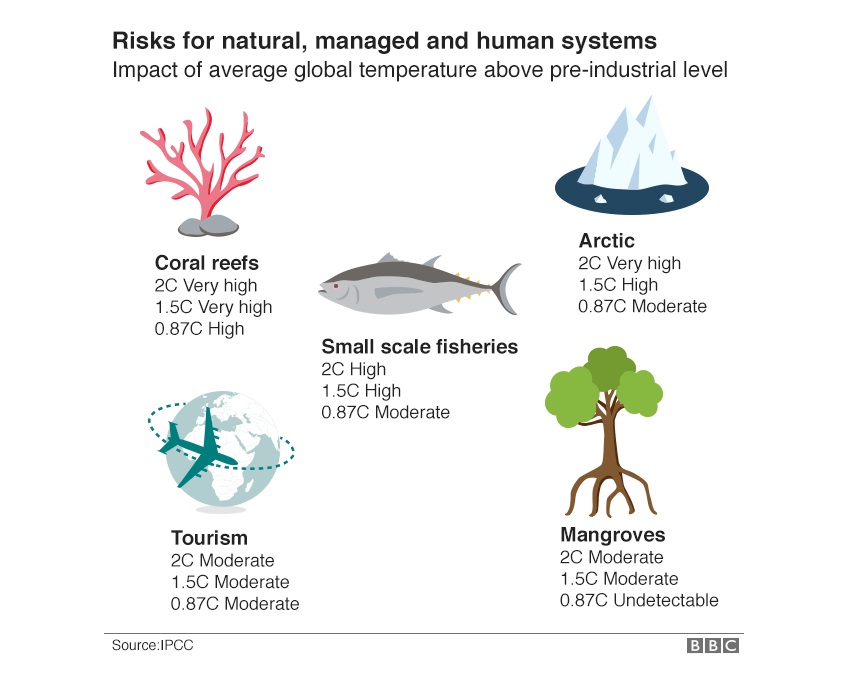When we think about threats to the environment, we tend to picture cars and smokestacks, not what’s on our dinner plates. But the truth is, our food poses one of the gravest dangers to the planet and is one of the largest contributors to climate change.
In October 2018, the Intergovernmental Panel on Climate Change (IPCC) issued a special report on the impacts of global warming if the Earth’s average temperature increases by more than 1.5C compared to pre-industrial levels. The warning was backed by one of the most comprehensive research conducted by Oxford which was published in the journal NATURE in 2018.
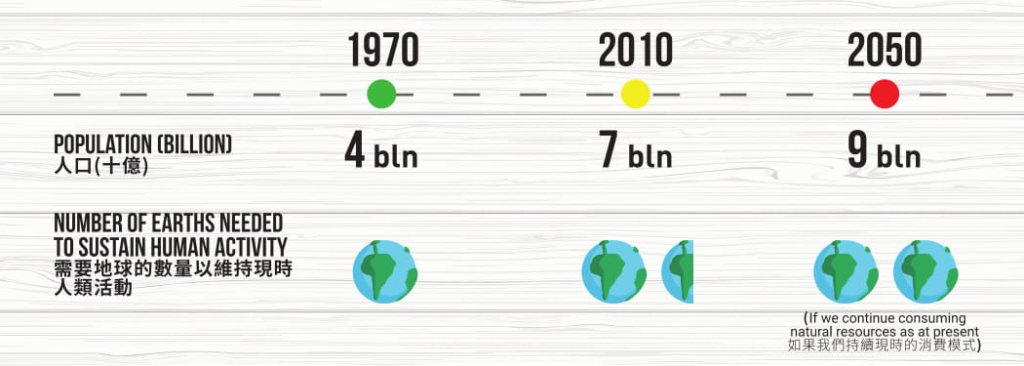
GHG Emissions
The livestock sector is among the biggest contributors to the climate crisis. It emits an estimated 7.1 gigatonnes of CO2 equivalent per annum, representing 14.5% of all human-induced emissions. Cattle represents 65% of the livestock sector’s emissions, holding the title as the species responsible for the most emissions. (FAO, 2013, “Tackling climate change through livestock”) An estimated 1.29 billion metric tonnes of waste is produced by the Chinese pork industry per year. In North America, the “dead zone” in the Gulf of Mexico is an oxygen-depleted ocean caused by nitrogen and phosphorus pollution that comes from the hog industry.

Depletion of Natural Resources
1 kg of beef produces 27.0 kg of CO2, in contrast with the 1.1 kg of CO2 used to make the same amount of tomatoes. Water is another integral part of the food production processes that can be saved dramatically by transforming our current food production system, as wheat uses only one tenth of water to produce compared to beef .
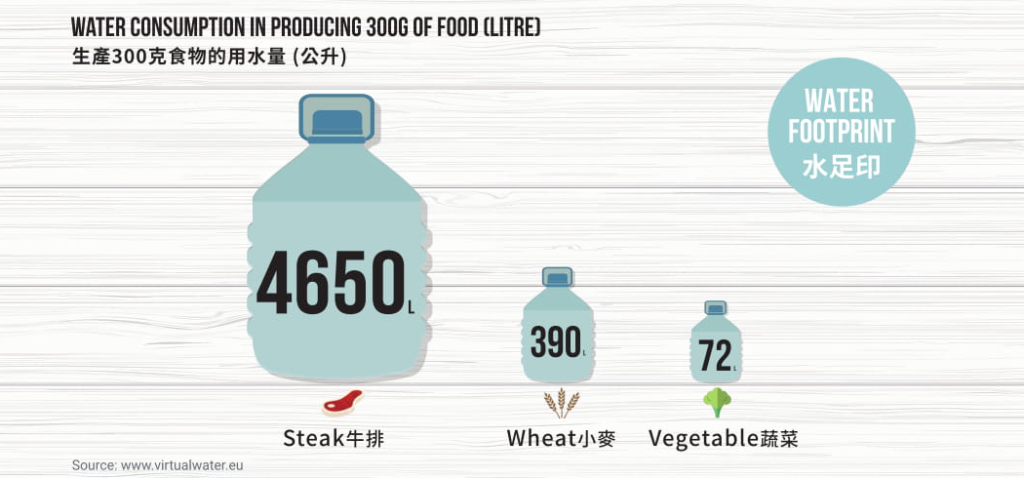
Efficiency of Energy Conversion
36% of global agriculture output is NOT fed to people, but to livestock in order to satisfy the demand of meat in developed countries. At the same time, at least 870 million people are still hungry in the world. Animals consume large quantities of grain, soybeans, and corn, but it only produces small amounts of food and most of its nutrients is lost in them.The more meat we eat, the fewer people we can feed in the world.
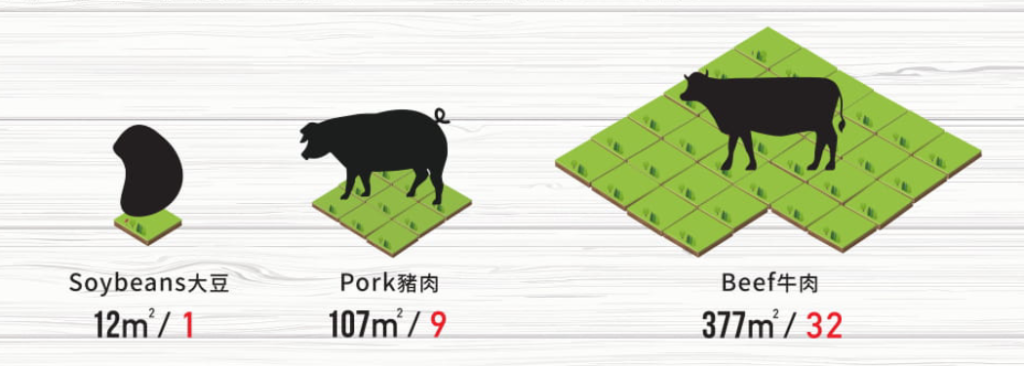
Culprit of Pollution
The food system is a major driver of climate change, changes in land use, depletion of freshwater resources, and pollution of aquatic and terrestrial ecosystems through excessive nitrogen and phosphorus inputs.
References:
1. Global Warming of 1.5 °C, https://www.ipcc.ch/sr15
2. Options for keeping the food system within environmental limits, https://www.nature.com/articles/s41586-018-0594-0
Impact Appeared on News
The ‘food prints’ of the world’s major economies illustrate our unsustainable food system
Original Article: FASTCOMPANY If the whole world ate like most G20 countries, we’d need as...
Read More2020 Is Our Last, Best Chance to Save the Planet
Original Article: TIME From our vantage point today, 2020 looks like the year when an...
Read MoreThe Meat Business, a Big Contributor to Climate Change, Faces Major Tests
Original Article: New York Times The coronavirus is closing meatpacking plants, adding to financial strains...
Read MoreMANY AMERICANS OPEN TO PLANT-BASED DIETS, NEW STUDY FINDS
Original Article: Earth Day Americans are open to plant-based diets — but they don’t know...
Read More“Antarctica just hit 65 degrees, its warmest temperature ever recorded “
Original Article: Washington Post Just days after the Earth saw its warmest January on record,...
Read MoreNew storm defences for Hong Kong after experience of Typhoon Mangkhut – and as climate change threatens even worse
Original Article: South China Morning Post Hong Kong will introduce a new storm defence system...
Read MorePlanet has only until 2030 to stem catastrophic climate change, experts warn
Original Article: CNN (CNN)Governments around the world must take "rapid, far-reaching and unprecedented changes in...
Read MoreFinal call to save the world from ‘climate catastrophe’
Original Article: BBC It's the final call, say scientists, in the most extensive warning yet...
Read More





